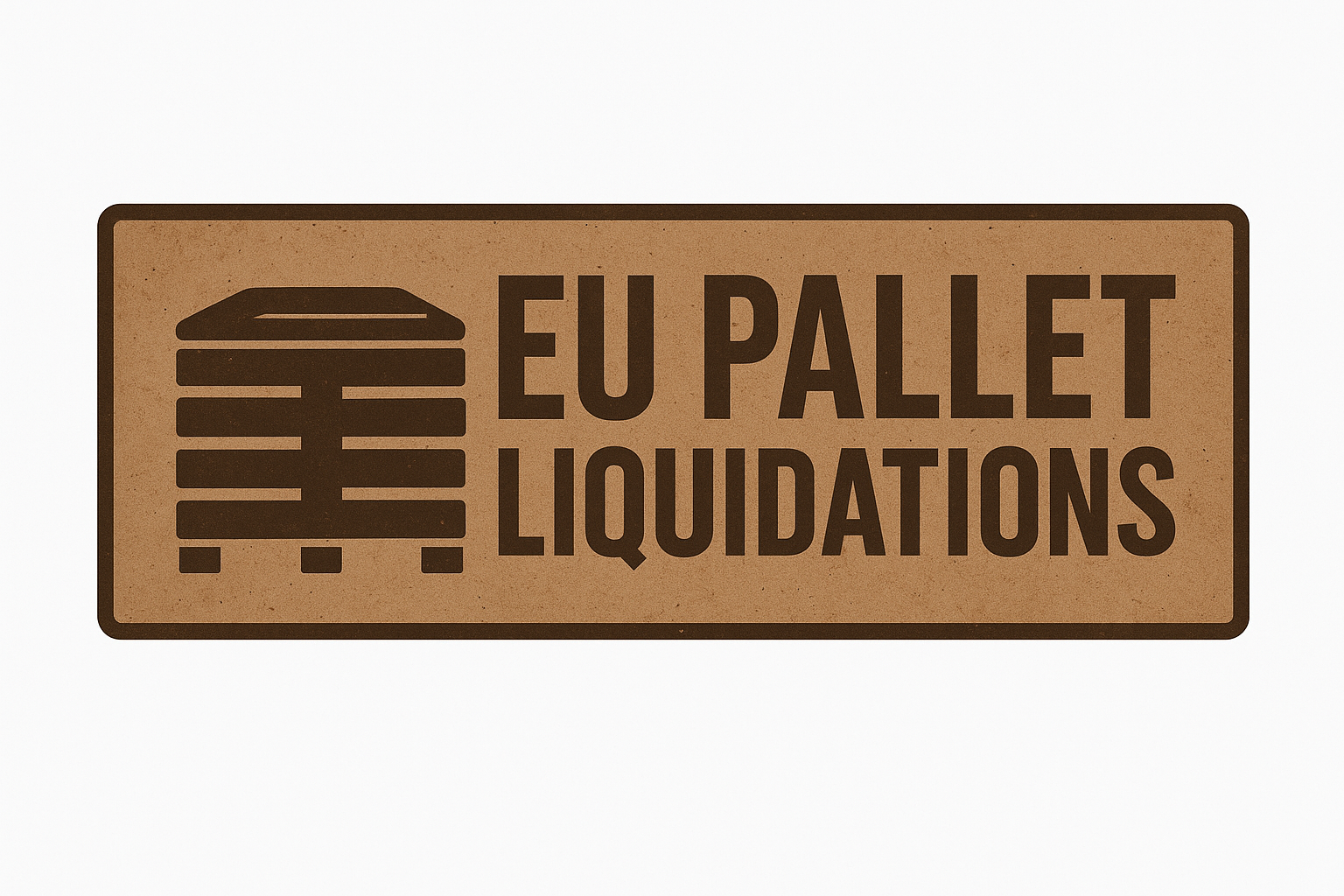How to Maximize Profits by Reselling Pallet Liquidation Items

How to Maximize Profits by Reselling Pallet Liquidation Items
Are you looking for a profitable business opportunity that offers high margins and low startup costs? Reselling pallet liquidation items might just be the perfect solution. In this comprehensive guide, we’ll walk you through proven strategies to maximize profits when purchasing and reselling pallet liquidation items. Whether you’re a seasoned entrepreneur or just starting out, understanding how to effectively buy, inspect, and market these goods can significantly boost your revenue.
Understanding Pallet Liquidation
Pallet liquidation involves purchasing large quantities of surplus, overstock, or returned merchandise from retailers, manufacturers, or distributors at a fraction of the retail price. These pallets often contain a mix of items, which can range from electronics and apparel to home goods and toys. The key to success lies in knowing how to source quality pallets, evaluate their contents, and sell items at a profit.
Step 1: Sourcing Reliable Pallet Liquidation Suppliers
The foundation of maximizing profits starts with sourcing from reputable suppliers. Look for companies with transparent inventory descriptions, good reviews, and consistent stock. Platforms like B-Stock, Liquidation.com, and local liquidation outlets can be excellent sources. Building relationships with trusted suppliers ensures access to high-quality pallets, reducing the risk of receiving damaged or low-value items.
Step 2: Carefully Evaluate Pallet Contents
Before purchasing, request detailed information about the contents, including item types, estimated retail values, and condition. Some pallets might contain mostly brand-new items, while others may include customer returns or damaged goods. By understanding what’s inside, you can better estimate resale value and avoid pallets that don’t align with your profit goals.
Step 3: Inspect and Sort Items Strategically
Once you receive your pallets, thoroughly inspect the items. Separate high-value products from lower-margin goods. Repair or clean items if necessary—sometimes small investments in refurbishing can significantly increase resale value. Proper organization allows you to focus on selling the most profitable items first, optimizing your cash flow.
Step 4: Choose the Right Sales Channels
Maximize profits by selecting the most profitable sales platforms for your items. Popular options include eBay, Amazon, Facebook Marketplace, and local flea markets. Each platform has its own audience and fee structure; understanding where your target customers shop helps you price items competitively while maintaining healthy margins.
Step 5: Price Strategically
Pricing is crucial to maximizing profits. Conduct market research to understand current resale values. Consider offering bundle deals or discounts on multiple items to attract buyers. Use dynamic pricing tools if available to stay competitive and adjust prices based on demand and inventory levels.
Step 6: Market Your Items Effectively
High-quality product photos, compelling descriptions, and targeted advertising can significantly boost your sales. Leverage social media marketing and email campaigns to reach a broader audience. Highlight the value, condition, and any unique features of your items to entice buyers.
Step 7: Manage Inventory and Scale Up
As your sales grow, reinvest profits into purchasing more pallets or higher-value items. Keep detailed records of costs, sales, and profit margins to identify the most lucrative items and suppliers. Scaling your operation while maintaining quality control is essential to boosting overall profits.
Additional Tips for Success
- Stay Updated on Market Trends: Keep an eye on trending products to stock items with high demand.
- Negotiate Bulk Deals: Building relationships with suppliers can lead to better prices and exclusive access to desirable pallets.
- Offer Exceptional Customer Service: Positive reviews and repeat business can boost your reputation and sales.
Conclusion
Reselling pallet liquidation items offers a lucrative business model with the potential for high profits when approached strategically. By sourcing reliable pallets, inspecting contents carefully, pricing competitively, and leveraging effective marketing, you can turn liquidation goods into a profitable enterprise. Remember, success in this industry depends on continuous learning, market awareness, and efficient operations. Start small, analyze your results, and scale up as you gain experience—your path to maximizing profits begins here.
